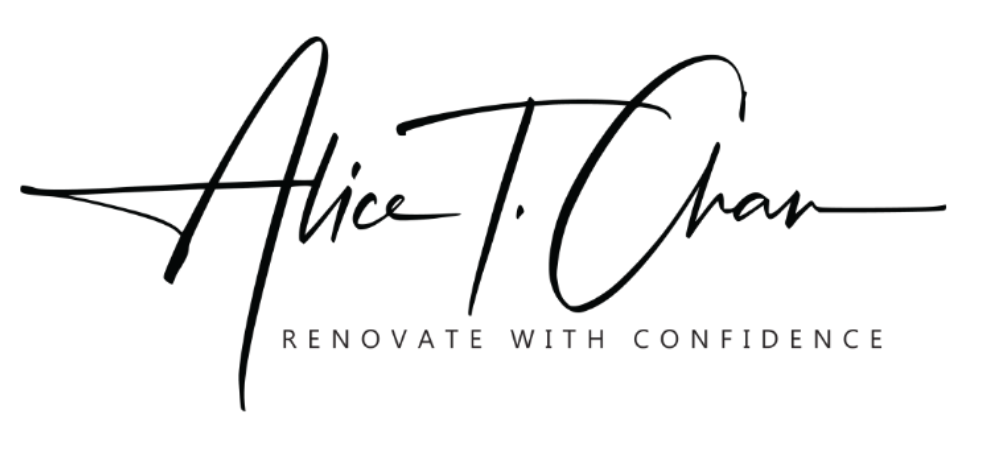Screen Vs. Sanding Floor Refinishing
Heads up: I use affiliate links for my fave products. If you click and purchase, I may receive a small commission at no extra cost to you.
Not until recently did I know that you have choices when it comes to refinishing hardwood floors. In fact, you really don't need to sand your floors, contrary to popular belief, unless you have serious damage or you want to change the color. The less invasive and cost-effective option is to screen your floors. I found an excellent article on ehow by Mark Morris about this process...enjoy! The grime and dust from everyday travel clings to the bottom of your shoes and grinds across your hardwood floors scratching and dulling the surface of the floor. There are two basic refinishing methods for hardwood floors. For light damage screening with a specialty pad on a low speed buffer is a good option. For heavily damaged floors a complete sanding may be the only option that can save your floors.
Assessing the Damage Examine the damage to your floors carefully. If the wear has not caused deep scratches in the wood, or worn completely through the stain, screening is an option. If the damage is extensive, has worn through the stain or contains scratches that need filling sanding is the only option short of replacing the floor.
Screening Procedure Screening a floor is accomplished with a specialized pad on a low speed buffer, similar to the machines used for buffing wax on tile and other hard surface floors. It is a simple procedure that can be done by most do-it-yourself minded home owners. The screens take a small amount of finish from the surface removing scratches and providing the right texture for the new finish to adhere to.
Sanding Procedure Floor sanding requires the use of a drum floor sander. Due to the aggressive nature of this tool it must be handled with care to prevent more severe damage to the floor's surface. Edges will need to be sanded with a small hand sander. The sander takes a bigger bite out of the floor, completely resurfacing the boards. This method can be used to repair all but the deepest scratches, which may require filling or even board replacement.
Pros and Cons Screening is quick, quiet and creates only a little dust. The average room can be screened and refinished in well under a day even by inexperienced operators. The dust created by this method is minimal and can be removed with a household vacuum and a rag dampened with mineral spirits. It will mostly stay near floor level and a dust mask will keep you comfortable. This method cannot, however, eliminate any damage beyond the surface. Sanding is noisy and time consuming. It can take a day or more to complete sanding on an average room, depending on the extent of the damage. You will need to close off the area with plastic sheeting to protect your home. Close off any intake vents to keep it out of your central heat and air. The fine particulate dust created will require a respirator, or filtered mask. Clean up will require the use of a heavy duty shop vacuum with replaceable filters. The floors, after undergoing sanding, will have a like new quality
Refinishing After screening a simple coat of clear finish is typically all that is required. Dyes can be added to your finish to darken the floor if desired. Sanded floors will require a complete coat of stain and at least three coats of clear finish to seal the floor. Once a floor has been screened or sanded a maintenance screening every two or three years can keep them looking new.
Subscribe to the Behind the Renovation Design Journal
Sign up to receive the latest home renovation tips, resources, and inspiration!
RELATED POSTS




